Have you ever caught yourself chatting away to your cat after a long day, telling them about your troubles, your joys, or your secret dreams? You’re definitely not alone. Many cat lovers swear there’s something magical about those moments when you look into your cat’s eyes and just talk like they’re an old friend. But is this just a comforting habit, or does something deeper happen when you talk to your cat as if they’re human? Let’s dive into the surprising, heartwarming, and sometimes hilarious world of human-cat communication—and what truly happens when you start treating your furry friend like a conversation partner.
Cats Understand More Than You Think

You might be shocked to learn that your cat actually picks up on more than just the sound of your voice. While cats don’t understand every word, they are remarkably good at reading the tone, rhythm, and even the emotional cues in your speech. Many owners have noticed their cats reacting to certain words—like “treat,” “food,” or even their own names. Over time, cats associate specific sounds with actions or rewards. It’s a little like children learning to associate the sound of “bedtime” with a nightly ritual. Cats are always listening, even if they pretend they aren’t.
Building a Stronger Bond Through Conversation

Talking to your cat like a human isn’t just fun—it can actually deepen your relationship. When you share stories or express feelings, you’re creating a sense of trust and closeness. Cats are sensitive creatures; they pick up on your attention and respond to the affection in your voice. Many people feel their cats become more affectionate and attentive when spoken to regularly. It’s as if your words become invisible threads weaving you closer together. The more you share, the stronger your bond becomes.
Your Cat’s Surprising Vocal Responses
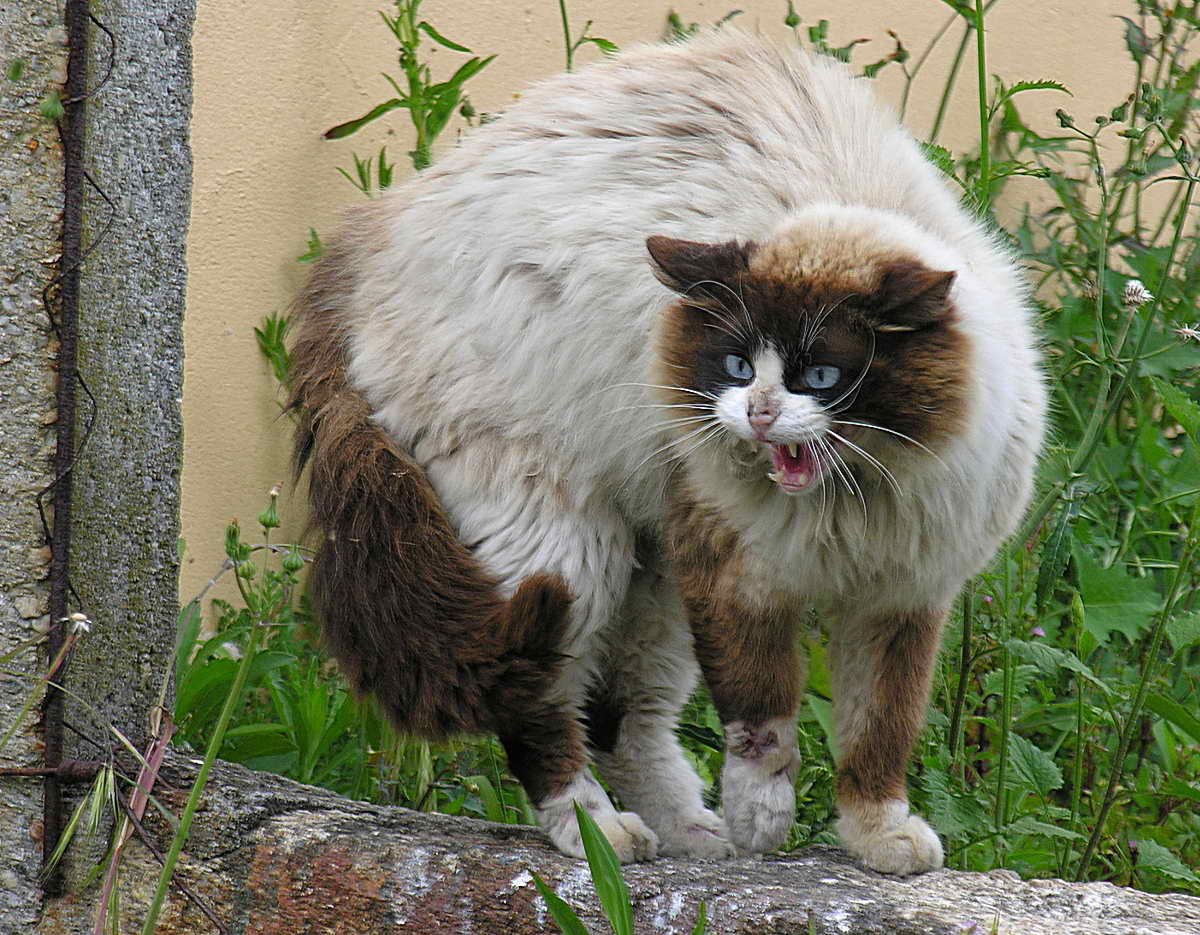
Ever noticed your cat meowing back when you talk? This isn’t just random noise. Cats develop unique vocalizations to communicate with their humans. Some will chirp, trill, or even “answer” you with a meow that matches your tone. It’s their way of joining the conversation. This back-and-forth can feel like a real dialogue, even if you don’t speak the same language. Some cats become quite chatty, especially if you encourage them with positive attention.
Emotional Benefits for Humans

Let’s be honest: talking to your cat can be downright therapeutic. Pouring your heart out to a soft, purring companion has a calming effect. Studies have shown that interacting with pets reduces stress and anxiety. When you speak to your cat like a person, you’re processing your own emotions in a safe, judgment-free space. It’s a bit like journaling out loud, with the bonus of having a furry friend nearby. For many, this habit becomes a cherished part of daily life.
How Cats Interpret Human Speech
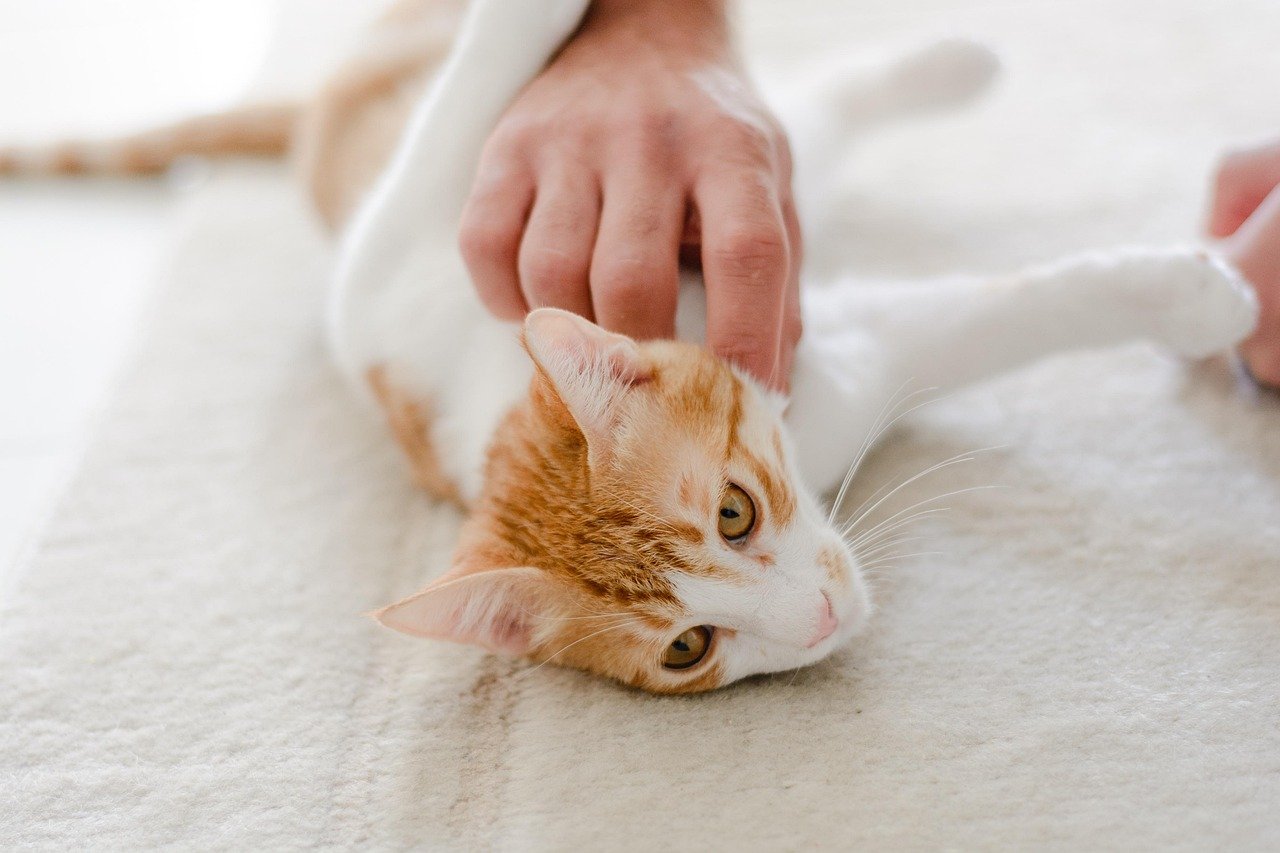
Cats have evolved alongside humans for thousands of years, and they’ve become experts at interpreting our behavior. While they may not understand every word, they’re masters at reading our body language, facial expressions, and vocal tones. Raised voices might make them nervous, while gentle, soothing tones create a sense of safety. Over time, your cat learns to associate your words with actions—like mealtime, play, or cuddles. This understanding helps foster communication that feels almost magical.
Encouraging Positive Behavior Through Conversation

Talking to your cat can actually shape their behavior. If you use a consistent tone or set of words for positive actions—like “good kitty” or “come here”—your cat learns to associate these with rewards or affection. Similarly, a firm but calm voice can signal boundaries. Over time, this verbal communication helps set expectations and encourages your cat to repeat desired behaviors. It’s a gentle way to guide your cat, using the power of your voice.
Reducing Loneliness for Both of You
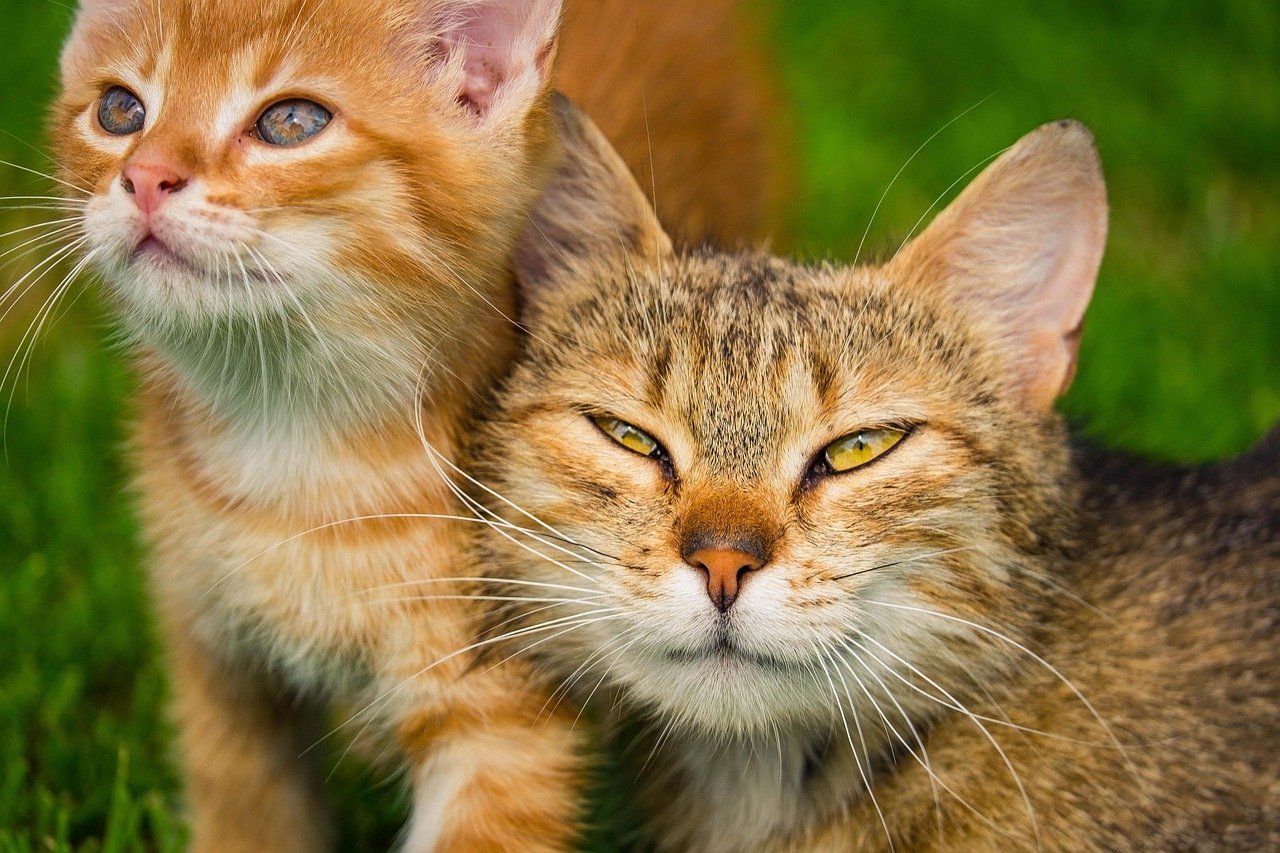
For many people, especially those living alone, talking to a cat fills a deep need for connection. The simple act of speaking out loud can make a home feel less empty. And believe it or not, cats can feel lonely too. Your voice provides comfort, letting them know they’re not alone. In this way, conversations with your cat become a two-way street, easing feelings of isolation for both of you. It’s a quiet companionship that can make all the difference.
Cats and Emotional Intelligence

Some cats seem almost psychic when it comes to sensing your mood. If you’re sad, they might curl up next to you. If you’re happy, they might playfully interact. This isn’t just coincidence. Cats are highly attuned to their humans’ emotional states. When you talk to them openly, they respond to the emotional undertones in your voice. It’s their way of showing empathy, even without words. This emotional connection makes talking to your cat feel incredibly rewarding.
Creating Routine and Structure

Cats thrive on routine, and regular conversations can become an important part of their day. Greeting your cat in the morning, chatting while preparing their food, or saying goodnight are small rituals that bring comfort and predictability. These daily routines help your cat feel secure, knowing what to expect from you. Over time, these moments become cherished traditions for both you and your feline friend.
Boosting Your Cat’s Confidence

Just like people, cats need to feel valued and secure. When you talk to your cat, you’re giving them attention and validation. This can help shy or anxious cats come out of their shells. Soft, encouraging words make them feel safe, while playful banter can spark curiosity and playfulness. The more you engage, the more confident your cat becomes. It’s a simple act with powerful results.
Understanding Cat Body Language While You Talk

As you talk to your cat, you’ll start to notice all kinds of subtle cues—tail flicks, ear twitches, slow blinks. These are your cat’s ways of communicating back. Paying attention to these signals helps you tailor your conversation, adjusting your tone or approach to match your cat’s mood. It’s like learning a secret language, one that deepens your understanding and makes every interaction more meaningful.
How Age Affects Cat-Human Conversations

Kittens and older cats react differently when you talk to them. Young cats are curious and eager, responding with playful meows or pouncing on your words. Older cats, on the other hand, might be more reserved but deeply appreciative of your attention. Tailoring your speech to match their energy level can make your conversations more engaging. No matter their age, cats appreciate the connection that comes from being spoken to.
Cats Remember Words and Phrases

It’s surprising how many words cats can remember over time. With repetition, they’ll learn the meaning of certain phrases—especially those linked to food, play, or affection. Some cats even recognize the sound of their favorite toy or treat bag. By using consistent words and phrases, you help your cat build a mental dictionary. This makes your conversations even richer, as your cat learns to anticipate what comes next.
Talking to Multiple Cats

If you have more than one cat, you’ll notice they each have unique personalities and ways of responding to your voice. Some might be outgoing, meowing back or following you around. Others are more reserved, showing affection in quieter ways. Tailoring your conversation style to each cat helps build individual bonds. It’s like having a group of friends—each with their own quirks and inside jokes.
Storytelling and Cat Engagement
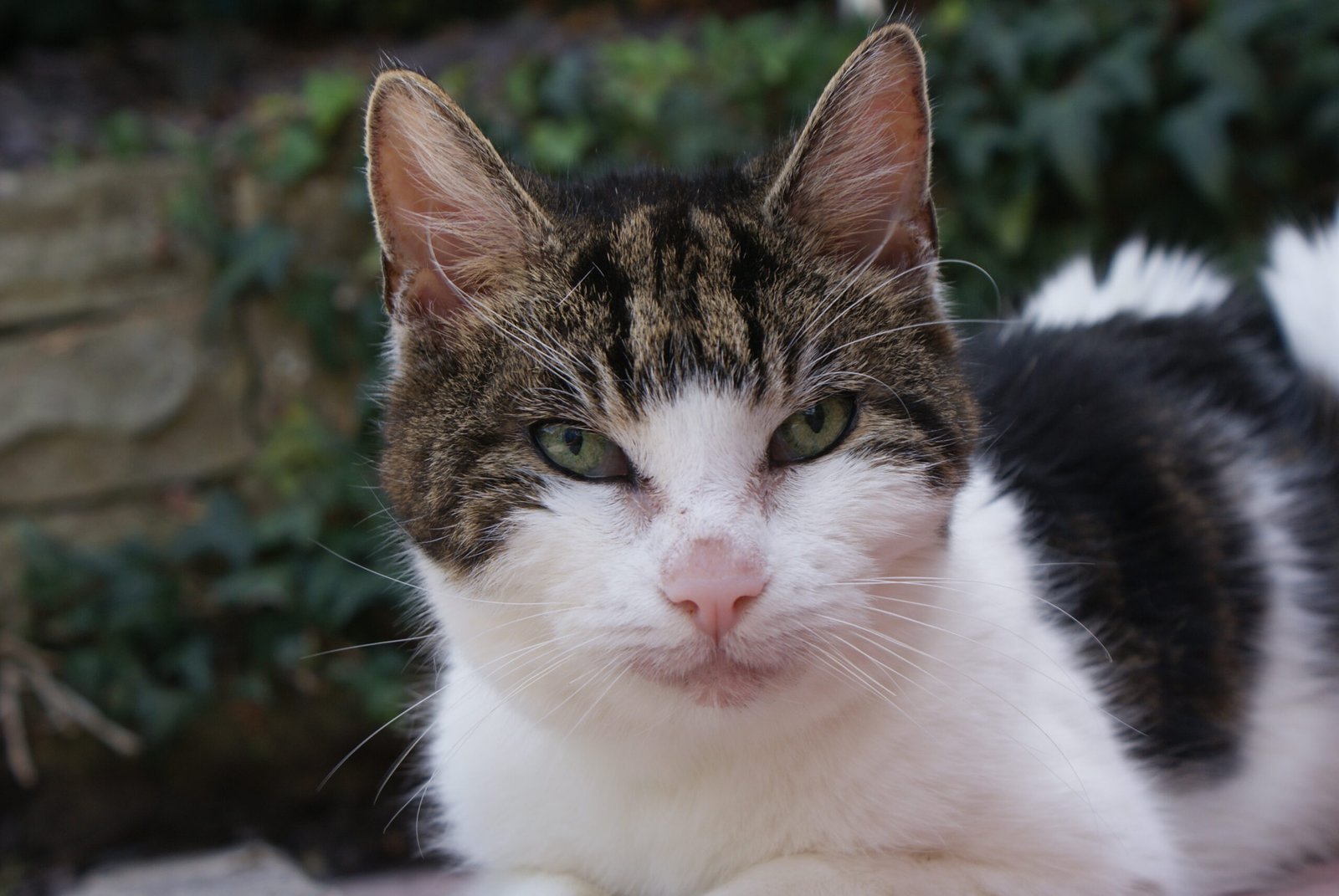
Some cat owners love to narrate their day or make up stories for their feline audience. Believe it or not, cats often enjoy this attention. The rhythmic sound of your voice can be soothing, and animated storytelling keeps them interested. Even if your cat isn’t following every plot twist, they appreciate being included in your world. It’s a playful way to keep your cat engaged and curious.
Dealing With a Silent Cat
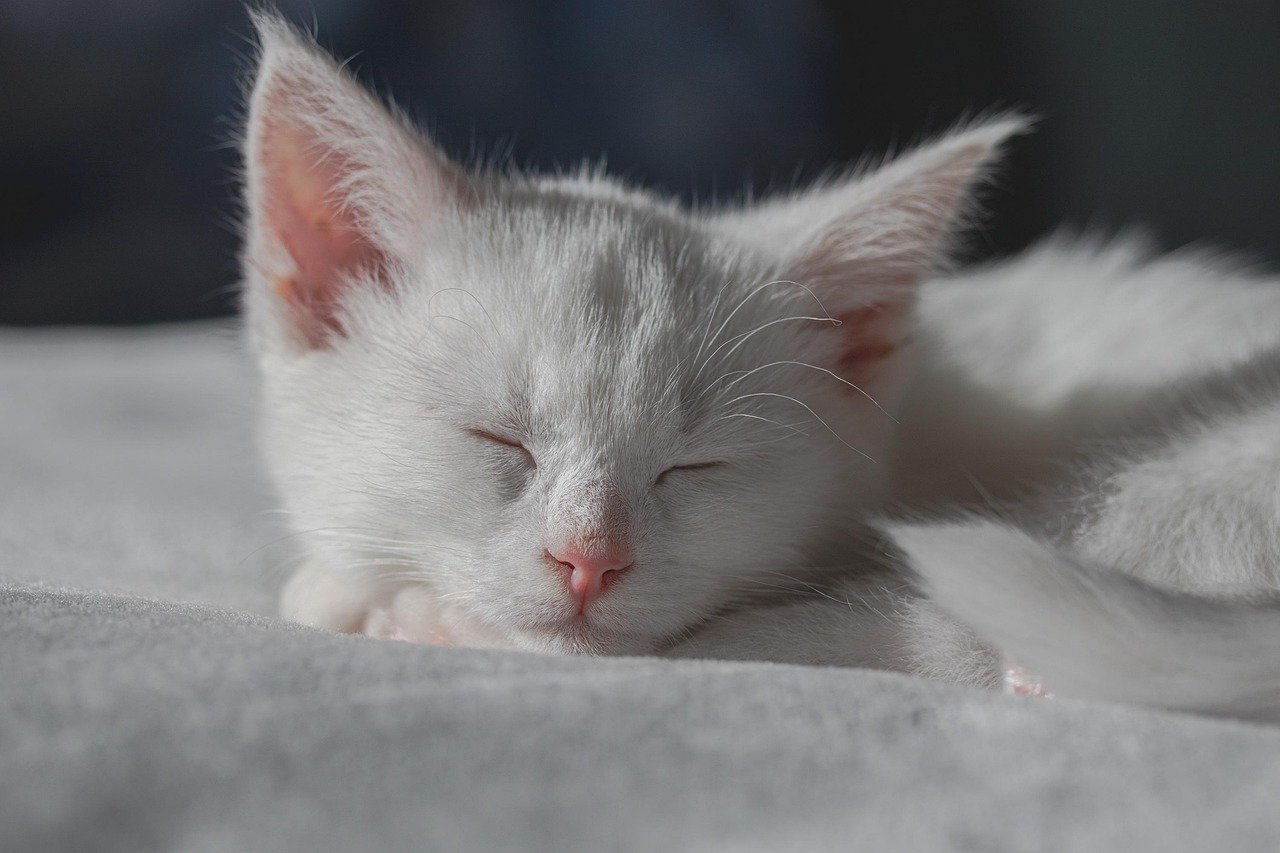
Not all cats are vocal, but that doesn’t mean they aren’t listening. Some prefer to communicate with body language—slow blinks, gentle head butts, or simply sitting close by. If your cat doesn’t meow back, don’t be discouraged. Keep talking and watch for subtle signs of engagement. Over time, even the quietest cats may surprise you with a sudden chirp or purr of appreciation.
Humor and Playfulness in Conversations
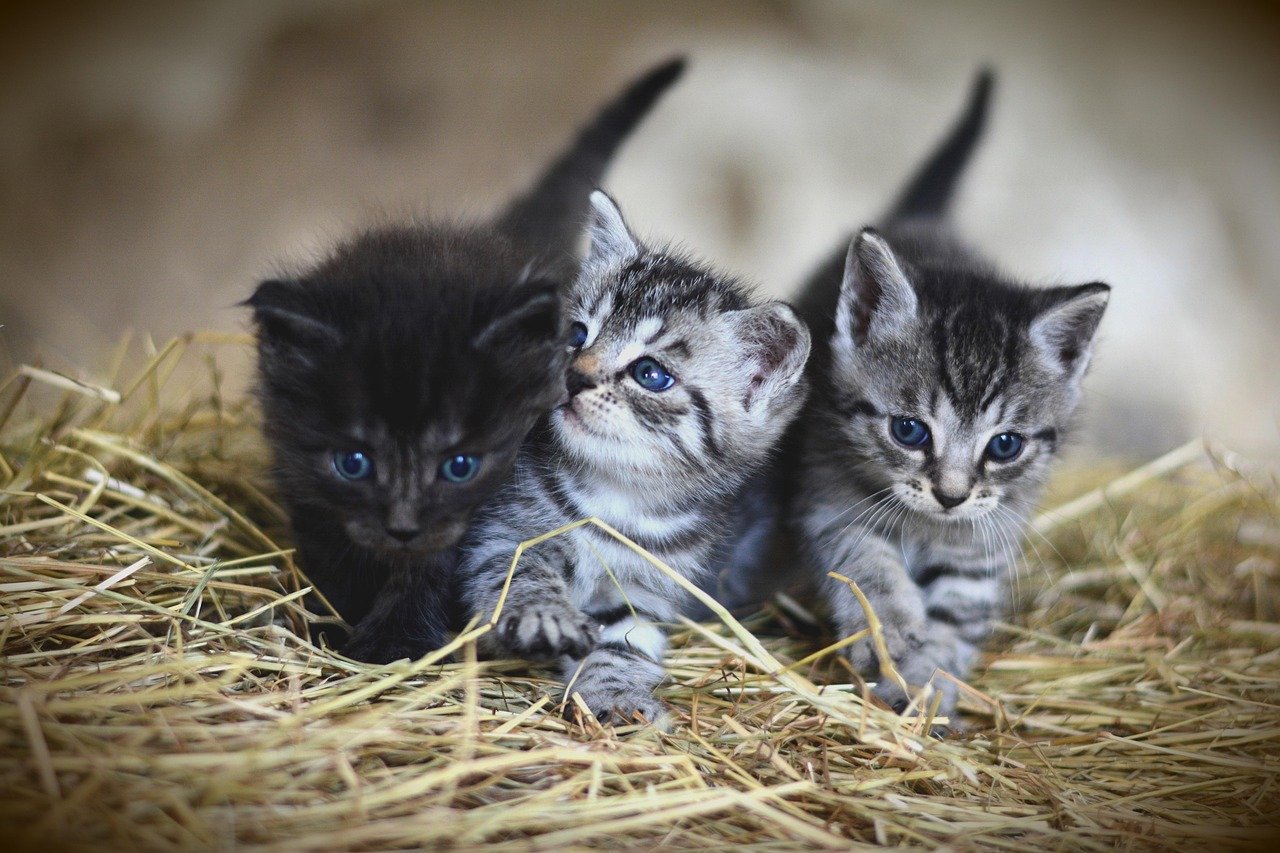
Talking to your cat doesn’t always have to be serious. Silly voices, funny nicknames, or playful banter can make both of you smile. Cats respond to the energy in your voice, and a playful tone can spark their curiosity or prompt a game. Don’t be afraid to get a little goofy—after all, laughter is good for the soul, and your cat will pick up on your positive vibes.
Talking During Stressful Moments

When your cat is anxious—like during a thunderstorm or a vet visit—your voice can be a powerful comfort. Speaking softly and calmly reassures your cat, helping them feel safe. Many owners find that narrating what’s happening, even if the cat doesn’t understand every word, makes stressful situations less frightening. Your voice becomes an anchor, grounding your cat during uncertain times.
The Science Behind Talking to Pets
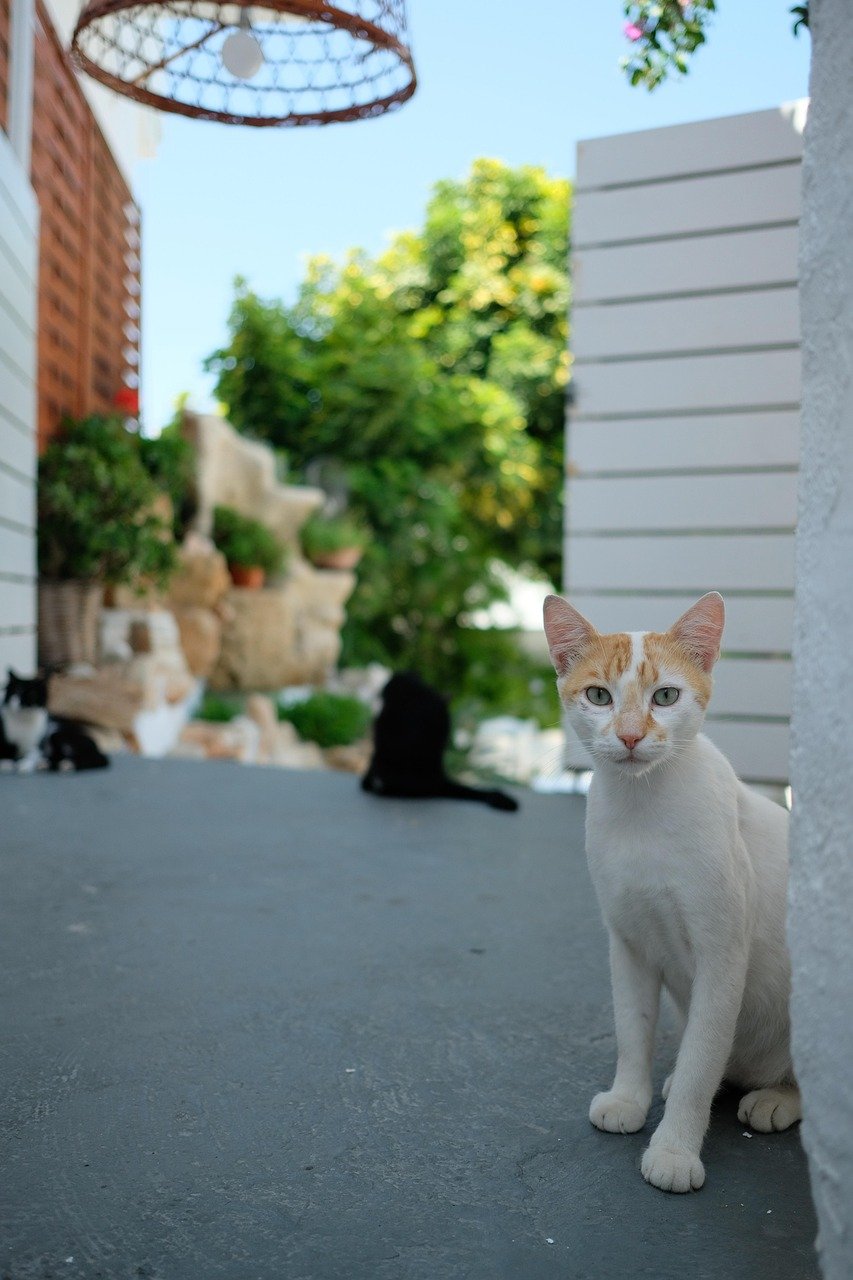
Recent research suggests that talking to pets has real psychological benefits for both humans and animals. The act of speaking creates a feedback loop of attention and affection. For humans, it releases feel-good chemicals like oxytocin, which boost mood and reduce anxiety. For cats, your voice provides stimulation and a sense of connection. It’s a win-win that science is only beginning to fully understand.
Do Cats Know They’re Being Treated Like Humans?
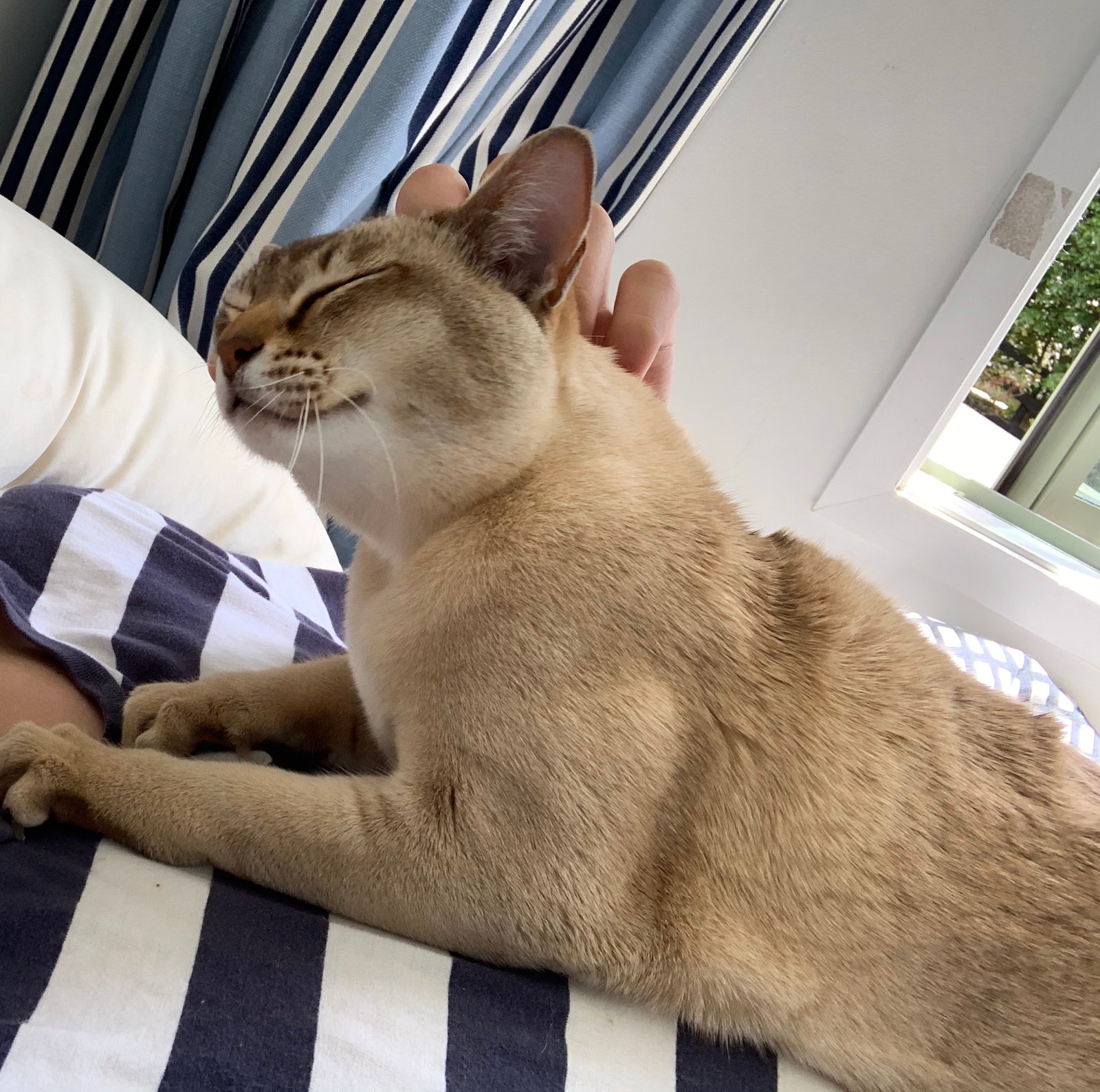
It’s hard to say for sure, but many cats seem to relish the extra attention that comes from being spoken to as if they’re people. Some will even mimic human behaviors, like sitting at the table or “helping” with household chores. Treating your cat like a human might blur the lines between species, but it also brings a sense of fun and companionship to everyday life. Your cat may not know exactly what you’re saying, but they definitely know they’re loved.
When Talking to Your Cat Becomes a Family Tradition
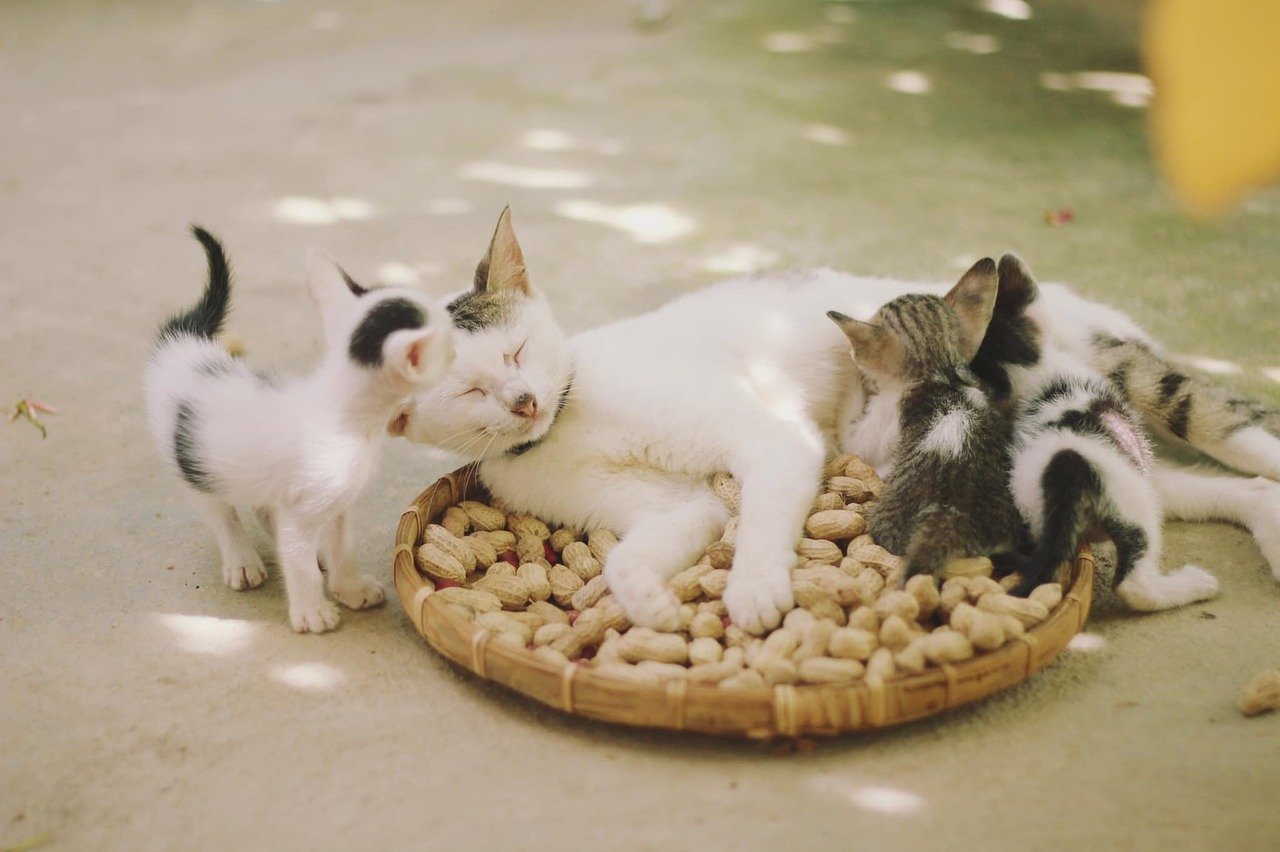
In many households, talking to the cat becomes a cherished ritual, passed down through generations. Children learn from their parents, creating silly songs or bedtime stories for their feline friends. These traditions strengthen family bonds and make the cat feel like a true member of the household. Over time, these playful conversations become part of your family’s unique story—one that’s told, and retold, with love.
Hi, I’m Bola, a passionate writer and creative strategist with a knack for crafting compelling content that educates, inspires, and connects. Over the years, I’ve honed my skills across various writing fields, including content creation, copywriting, online course development, and video scriptwriting.
When I’m not at my desk, you’ll find me exploring new ideas, reading books, or brainstorming creative ways to solve challenges. I believe that words have the power to transform, and I’m here to help you leverage that power for success.
Thanks for stopping by, Keep coming to this website to checkout new articles form me. You’d always love it!






